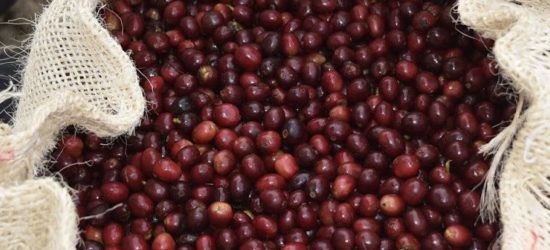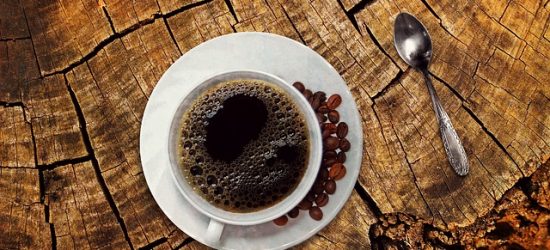
What sets us apart from the rest?
Specialty Coffee from Latin America

On the mountain slopes of Colombia, Finca Naya Coffee mentors local farmers in the art of cultivating, processing, and marketing specialty coffee at the ground level. By integrating into the community, we provide local small-hold farmers with direct access to the global market, as well as stabilizing their income and the well-being of their families. By promoting transparency, we put leveling the playing field at the heart of what we do. Traditionally, the majority of small-hold coffee growers sell their parchment coffee to the Coffee Federation at a standardized price. Bridging the gap between local growers and conscientious roasters, the benefits of consolidating the coffee supply chain become clear to all involved. As the compacted process speeds up trade, we can deliver your coffee beans faster and fresher every time. By guaranteeing the consistency and traceability of each micro-lot, while bypassing traditional cooperatives and exporters, all stakeholders enjoy a better price and unrivaled purity in our extensive collection of unique flavor profiles.
What Makes Our Coffee Different?
Some say there are two things that keep your engines running. One is for your car and the other is for, well, you. After crude oil, green coffee is one of the most sought after commodities in the global marketplace, with more than 2 billion cups being consumed every day. The impact of these little seeds reaches almost every part of our daily lives. Millions wake every morning and the first thing they do is grab that cup of joe, the relationship is as intense as the flavor.
As we strive to find that perfect balance of taste and boost, we know that the end consumer is becoming more concerned with the origins of their favourite beverage. The average consumer has become ethically conscious and heavily critical of those who fail to take the fair approach. Showing your client that an ethical product does not have to be inferior one is crucial, as we aim to provide the highest quality coffee products on a fairer global market. The dedication we guarantee means that we provide our clients, and ourselves, with safe, healthy, and delicious coffee.

Interview: Porfirio the coffee specialist
Hello, my name is Porfirio, I am one of the coffee artists at Finca Naya. I have been perfecting my coffee skills at Finca Naya for over 20 years. I’m going to tell you about how coffee is converted from a dark red cherry to green coffee beans, ready for export.
Question: How long does it take for a coffee plant to produce the first harvest?
Porfirio: From seed to first harvest takes about 3 years. Coffee plants flower for about 3-5 days. It takes about 6-7 months from flowering to red cherries that contain the coffee bean.
Question: How long is the harvest season, and how much coffee can each tree produce?
Porfirio: Coffee in the southwest region of Medellin, Colombia, ripens from September to December. Cherries do not all mature at the same time, rather in phases. During the 4 months of harvest each tree is picked over 3-4 times. Coffee pickers can pick between 100 and 200 pounds (45 and 90 kg) of coffee cherries per day. Only 20 percent of this weight is the actual bean. Each coffee tree should produce about 1 and 1/3 pounds. (615 grams) of export quality green coffee.
Question: How do you process the coffee cherries?
Porfirio: Coffee is harvested in the morning and processed that same afternoon to guarantee freshness. In order to get to the seed of the cherry, the skin and pulp need to be removed. But we first sort the lower quality from high quality beans by means of a flotation tank. This ensures that only perfect beans enter the depulper. The depulper consists of two precisely calibrated spinning disks that separate the skin and most of the mucilage from the seeds. The seeds then pass through a mechanical sifter that sorts and separates green from defective beans. The pulp is turned into organic fertilizer, while the high quality beans enter the fermentation tanks.
Question: What is the purpose of fermentation of coffee beans?
Porfirio: The beans are still coated by a fine sticky layer of a sugary substance known as “miel” or honey. This miel becomes the active ingredient in coffee fermentation. Just like fine wine, proper fermentation is key to quality coffee. Fermentation can make a big difference in flavor, aroma, and body, but the process needs to be carefully controlled. Our fermentation process is a closely guarded secret.
Question: What other steps are left for getting coffee ready for export?
Porfirio: The beans still need to dry and be milled. They are either sun or mechanically dried until they reach 11% moisture content. Sun dried beans are spread out in drying beds and periodically turned over. Sun drying may take from 7-10 days. Mechanically dried beans are slowly dried in specialty dryers that surround the beans in warm flowing air. Before being exported, a hulling machine removes the parchment layer from the dried coffee. Hulling dry processed coffee refers to removing the entire dried husk of the dried cherries.
The final step is grading and sorting, and is done by size and weight. The beans are also reviewed for color flaws or other imperfections. Beans are sized by being passed through a series of screens. They are also sorted pneumatically by using an air jet to separate heavy from light beans. The Green Coffee is now ready for the roaster. This is how coffee is processed at Finca Naya.
Question: Thank you for that informative view on how coffee gets produced at Finca Naya
Porfirio: You’re welcome!

